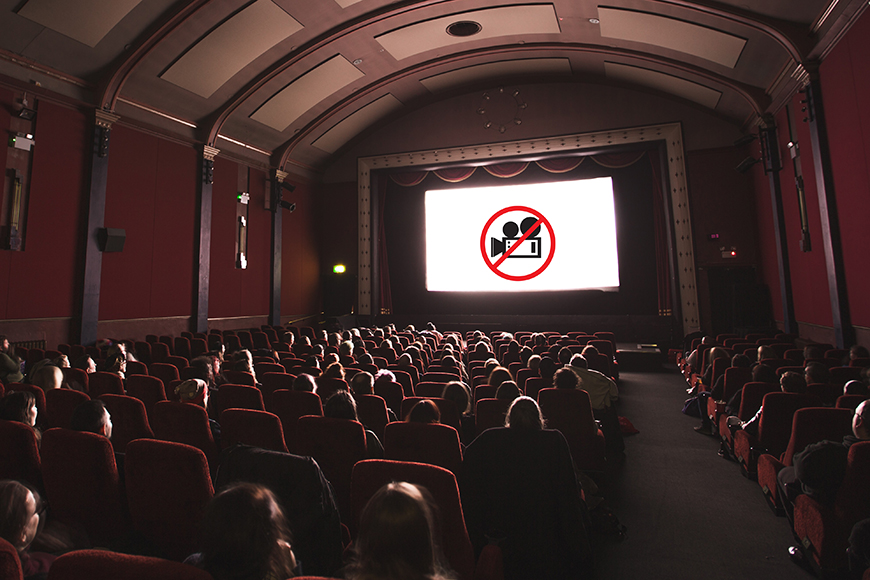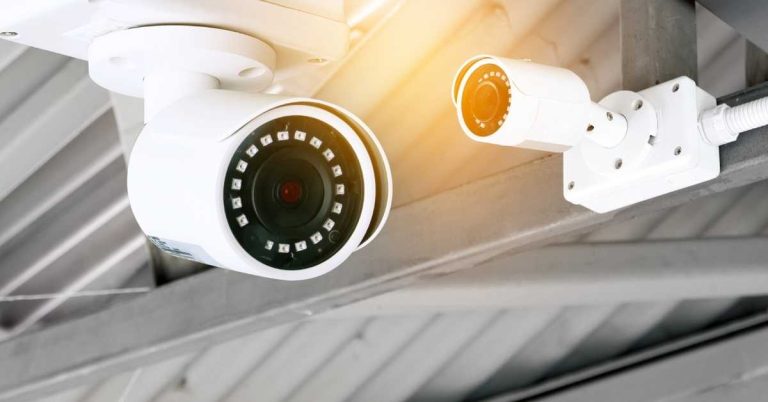When you visit a movie theater, you’re probably focused on enjoying the film, munching on popcorn, and relaxing in your seat. But have you ever wondered whether movie theaters have cameras watching you? This question sparks curiosity and, for some, concerns about privacy and security. In this article, we’ll dive deep into whether movie theaters have cameras, why they might use them, and what it means for patrons.
Do Movie Theaters Have Surveillance Cameras?
Yes, most modern movie theaters do have surveillance cameras. However, the placement and purpose of these cameras vary. Some cinemas have cameras in hallways, lobbies, and entrances, while others may install them inside screening rooms. The presence of cameras largely depends on security policies, local regulations, and the specific theater chain’s guidelines.
Why Do Movie Theaters Use Cameras?
There are several reasons why movie theaters install surveillance cameras. Let’s explore some of the main purposes:
1. Preventing Movie Piracy
One of the primary reasons movie theaters install cameras is to deter piracy. Recording movies inside a theater is illegal and can lead to hefty fines or even jail time. The film industry loses billions of dollars each year due to illegal recordings. By installing cameras, theaters can monitor suspicious activities and report offenders.
2. Enhancing Security and Safety
Cinemas attract large crowds, making security a priority. Cameras help theater staff monitor for suspicious activities such as theft, fights, or unauthorized access. In case of an emergency, footage from these cameras can provide crucial evidence to law enforcement.
3. Monitoring Employee Behavior
Movie theaters also use cameras to keep an eye on their employees. This helps ensure proper customer service, prevent theft, and maintain operational efficiency. Many theaters use security footage to review staff performance and investigate incidents.
4. Preventing Disruptive Behavior
Some moviegoers may engage in disruptive behavior such as talking loudly, using their phones, or causing disturbances. With surveillance cameras, theater management can quickly address such issues and maintain a pleasant viewing experience for all patrons.
5. Tracking Unauthorized Entry
People sometimes try to sneak into theaters without buying tickets. Surveillance cameras help catch individuals attempting to enter screening rooms without permission, ensuring fair business practices.
Are There Cameras Inside Movie Screening Rooms?
This is the most debated aspect of theater surveillance. While many theaters have cameras in common areas, some also place cameras inside screening rooms. However, these cameras are usually positioned in a way that focuses on entrances and exits rather than directly watching the audience.
Privacy Concerns
Many people feel uneasy about the idea of being watched while enjoying a film. Privacy advocates argue that installing cameras inside screening rooms could be an invasion of personal space. However, most theaters that have cameras inside screening rooms claim they are only used for security purposes and do not record personal activities.
What About Night Vision Cameras?
Some theaters use night vision cameras to monitor for piracy or illegal activities in the dark. These cameras can detect if someone is using a recording device during a film. However, they are not designed to capture personal details or monitor regular viewers’ behavior.
Are Movie Theater Cameras Always Recording?
Not all cameras in a movie theater are actively recording all the time. Some theaters use motion-activated cameras, while others only record during peak hours. Additionally, certain cameras are only monitored in real-time by security personnel and do not store footage for long periods.
If an incident occurs, such as theft or vandalism, recorded footage can be reviewed to help resolve the issue. Most theaters follow strict policies regarding data retention and access to surveillance footage.
Can You Spot Movie Theater Cameras?
If you’re curious whether a theater has cameras, you can look for them in certain areas:
- Lobby & Ticketing Area – Most theaters have cameras here for security and to prevent fraud.
- Hallways & Exits – Cameras monitor movement and safety concerns.
- Screening Rooms – If present, cameras are often near the ceiling or in corners facing entrances.
- Concession Stands – To prevent employee theft and ensure transactions are handled correctly.
The cameras are usually small, dome-shaped, or positioned discreetly so they don’t disrupt the movie-going experience.
Is It Legal for Movie Theaters to Have Cameras?
Yes, it is legal for movie theaters to have surveillance cameras, provided they comply with local laws and privacy regulations. Here are some key legal points to consider:
- Public vs. Private Spaces – Movie theaters are private property, so owners have the right to install security cameras.
- Notice to Patrons – Some regions require businesses to post notices if they are using surveillance cameras.
- No Cameras in Bathrooms or Changing Areas – Installing cameras in restrooms or private areas is illegal.
If you have concerns about surveillance, you can always check a theater’s policy or ask management about their camera usage.
What Should You Do If You Feel Uncomfortable About Cameras in a Theater?
If you’re uncomfortable with the idea of being monitored while watching a movie, here are some steps you can take:
- Check Theater Policies – Many theaters list their security policies on their website.
- Ask Staff Members – If you’re unsure about camera placement, ask an employee for clarification.
- Choose Your Seat Wisely – If you suspect cameras in the screening room, choose a seat where you feel less observed.
- Visit Different Theaters – Not all cinemas have cameras inside screening rooms, so you can opt for one that aligns with your preferences.
- Raise Awareness – If you believe a theater is violating privacy laws, report it to consumer protection agencies.
Conclusion
Movie theaters use cameras primarily for security, piracy prevention, and operational efficiency. While most surveillance cameras are placed in common areas, some theaters do install cameras inside screening rooms, typically focusing on exits and walkways rather than individual viewers.
If you’re concerned about privacy, it’s best to check with the theater management or look for posted surveillance policies. Ultimately, theater cameras serve as a protective measure, ensuring a safe and enjoyable experience for all moviegoers.
By understanding why movie theaters use cameras and where they are typically located, you can make informed choices about your movie-going experience. Whether you’re an occasional cinema visitor or a regular movie buff, knowing how theaters handle security can help you enjoy films with greater peace of mind.
Frequently Asked Questions (FAQs)
1. Do all movie theaters have cameras inside screening rooms?
No, not all theaters have cameras inside screening rooms. Some only have them in lobbies, hallways, and concession areas.
2. Can movie theater cameras record sound?
Most movie theater surveillance cameras do not record audio due to privacy laws. They mainly capture video footage for security purposes.
3. Can theater employees see you in the dark?
If the theater has night vision cameras, security personnel may be able to detect movement or suspicious activity in the dark. However, these cameras are generally not used for monitoring regular patrons.
4. What should I do if I suspect a hidden camera in a theater?
If you feel uncomfortable, you can ask theater staff about their surveillance policies or choose a different cinema.
By staying informed, you can enjoy your movie-going experience without worry. Now, grab your popcorn and enjoy the show!
Author Bio
Francesca is a passionate and experienced content writer with over 10 years in the industry. Her writing journey has taken her across various topics — home security and CCTV systems to, property tips, home improvement hacks, and even in-depth guides on choosing or search the mattress near me. She can naturally take complex ideas and turn them into clear, engaging content that readers can actually use. Whether she’s writing about the latest trends in home design or breaking down the pros and cons of different surveillance systems, Francesca brings a thoughtful and relatable voice to every piece. When she’s not typing away at her desk, you’ll likely find her with a cup of coffee in hand, browsing through interior design blogs or planning her next DIY project.




